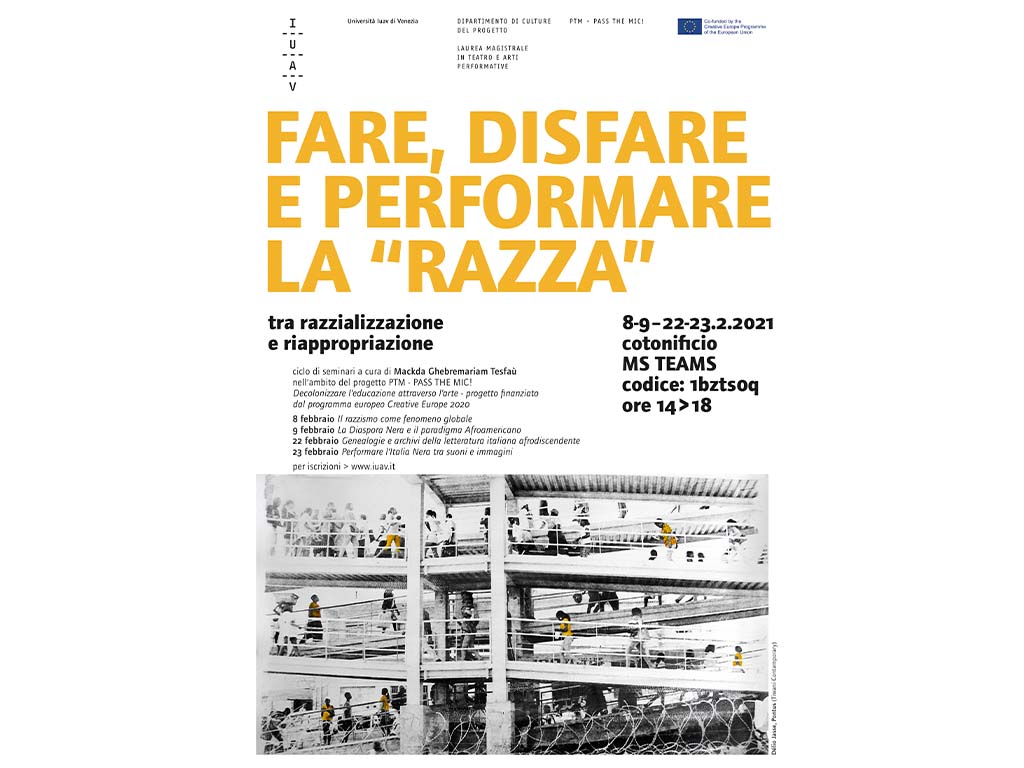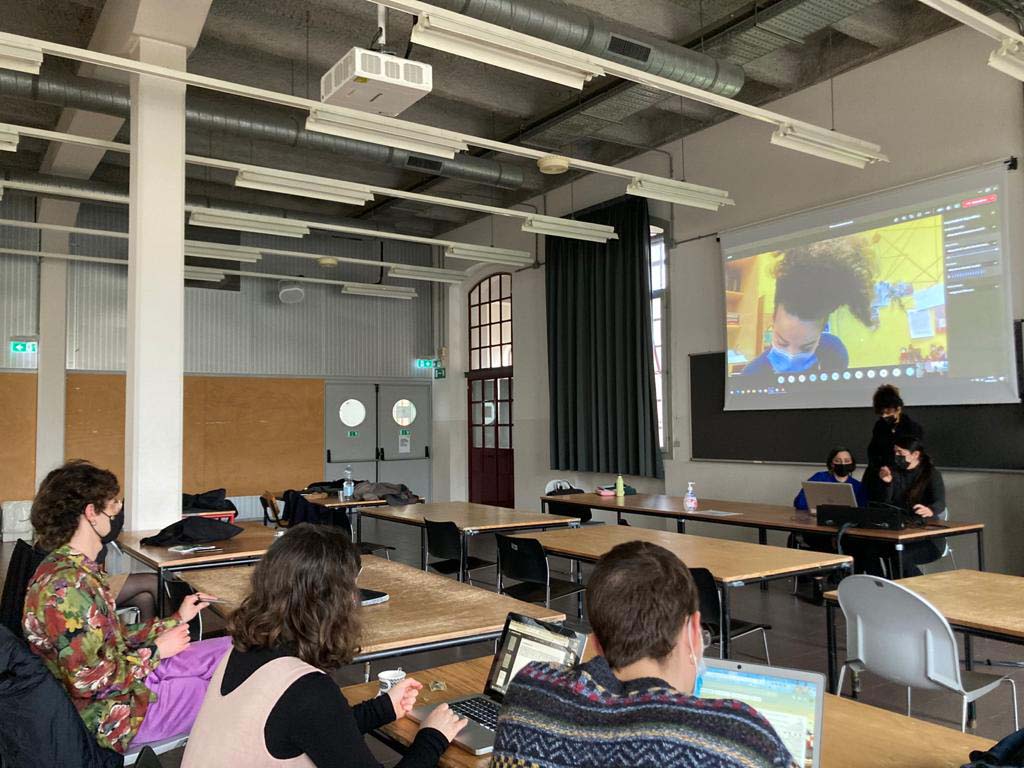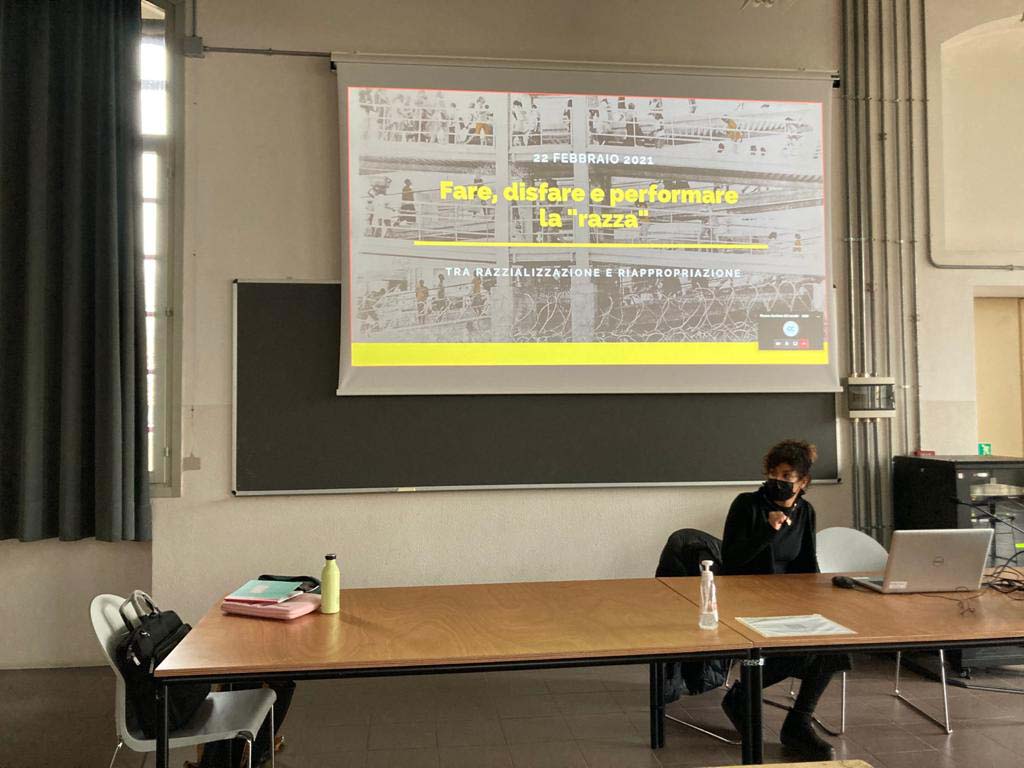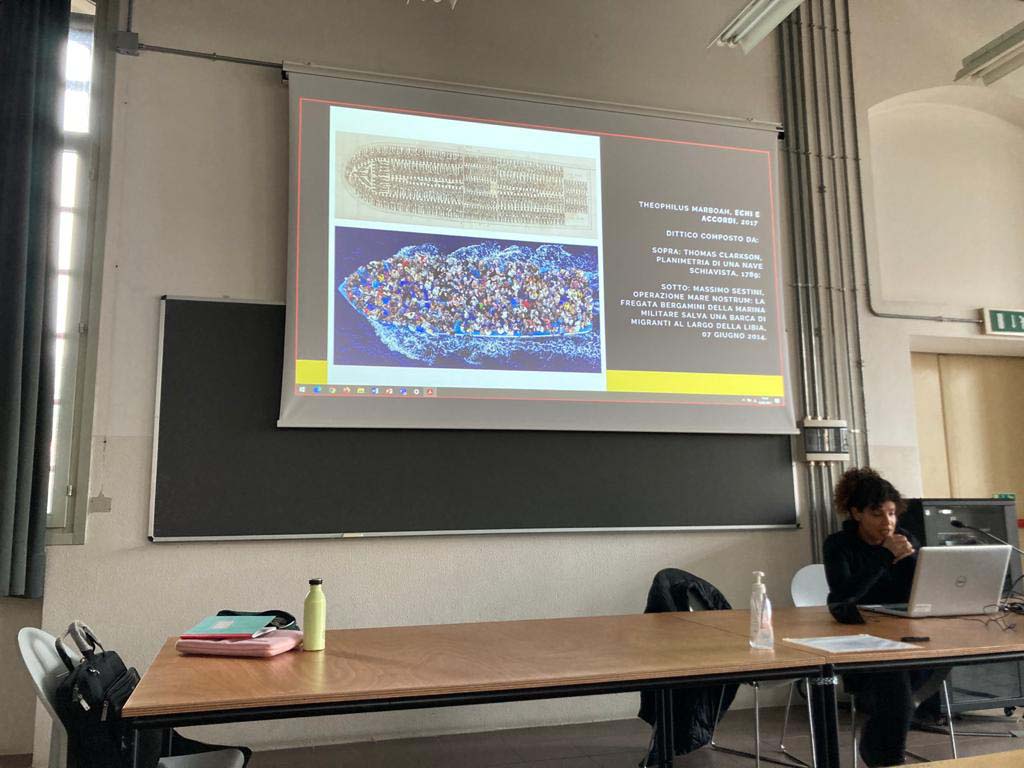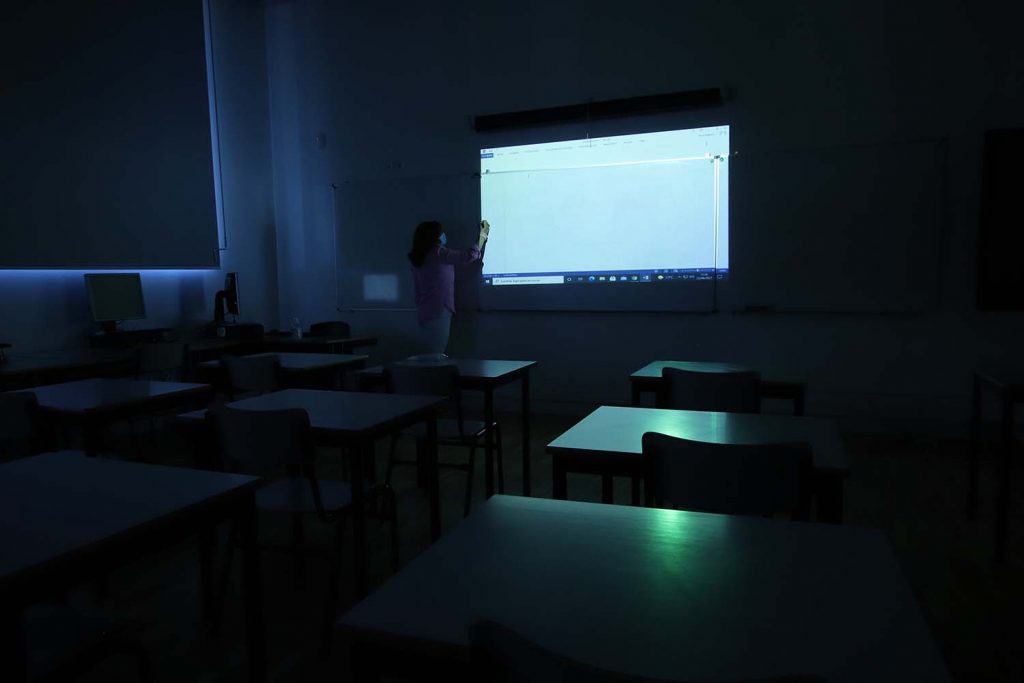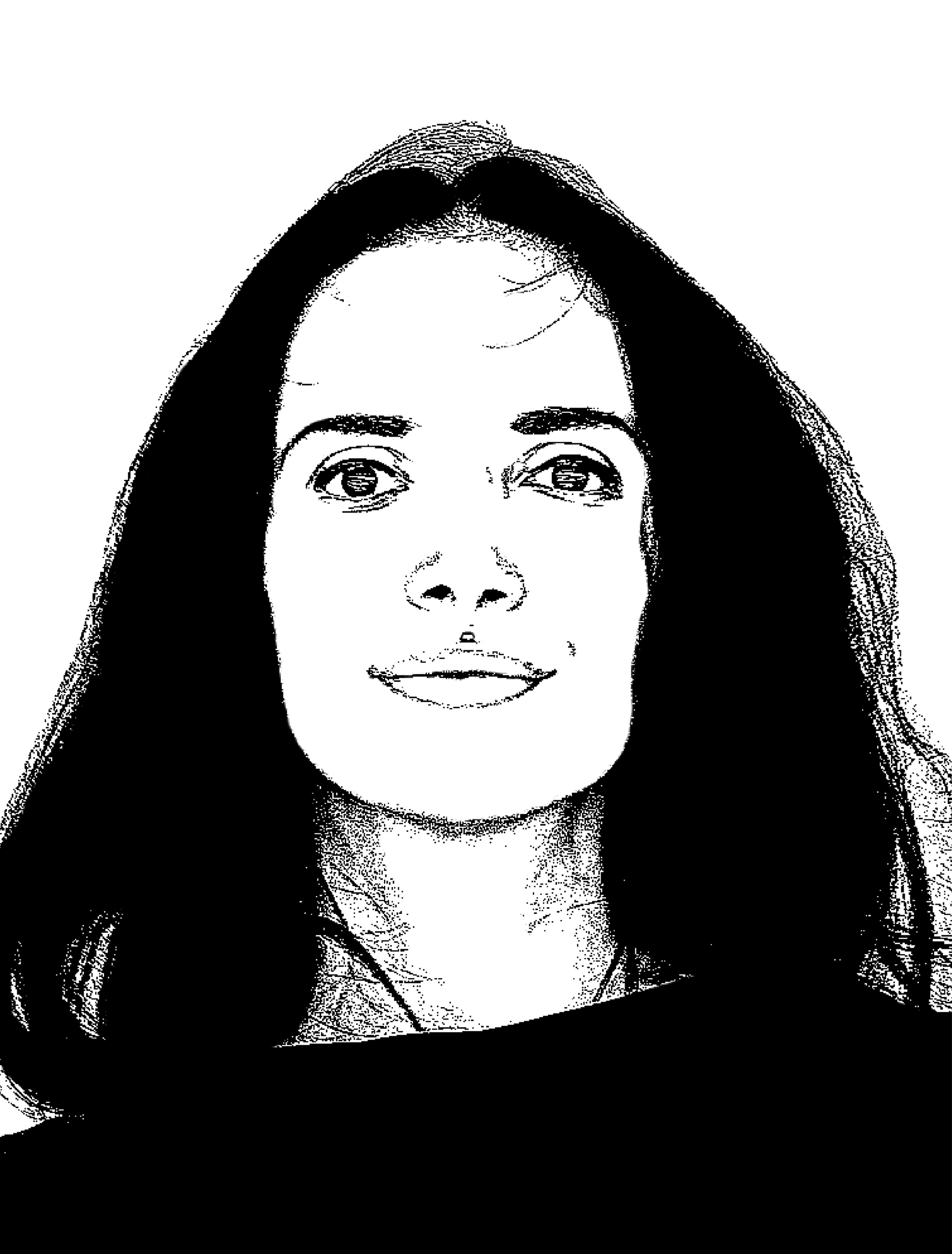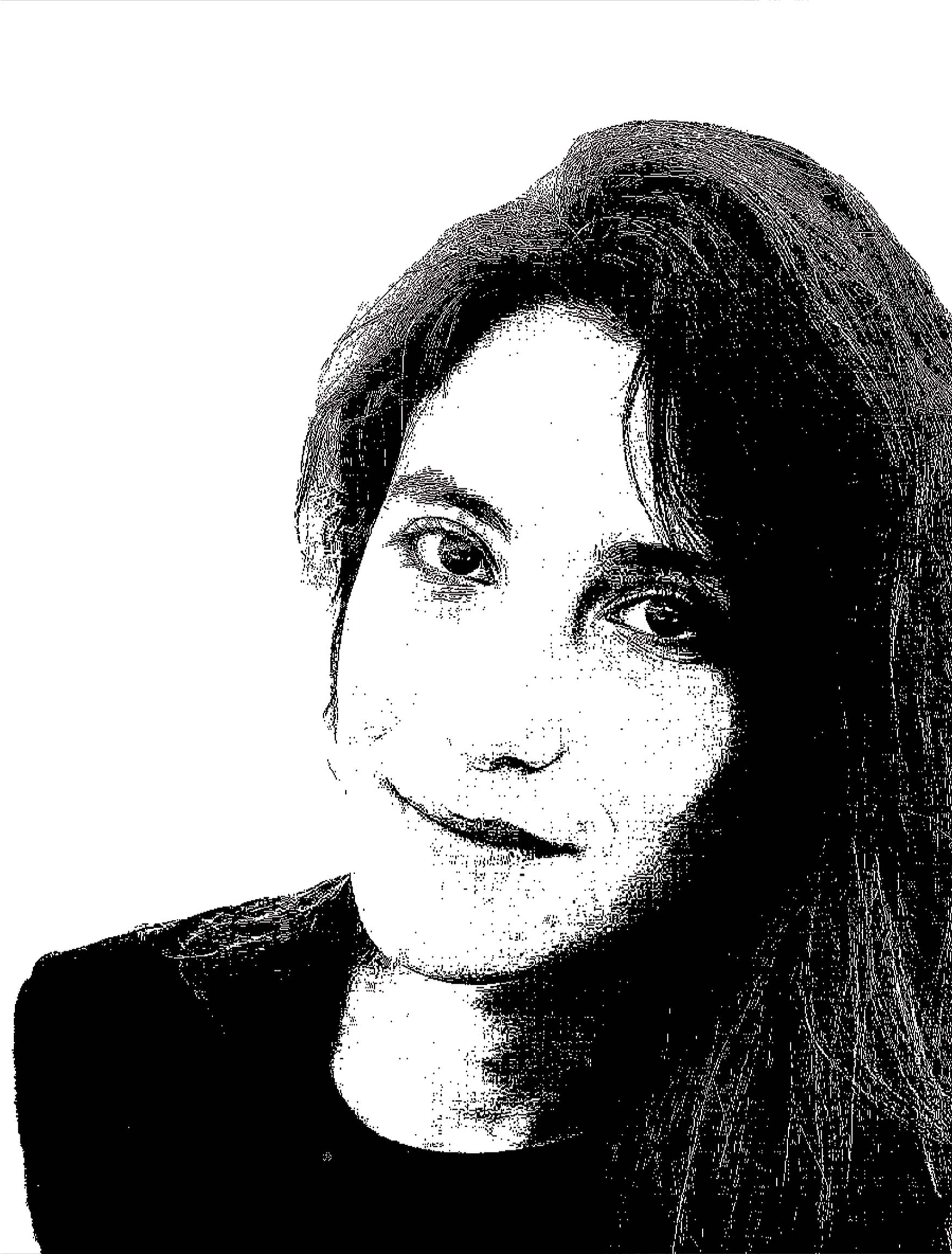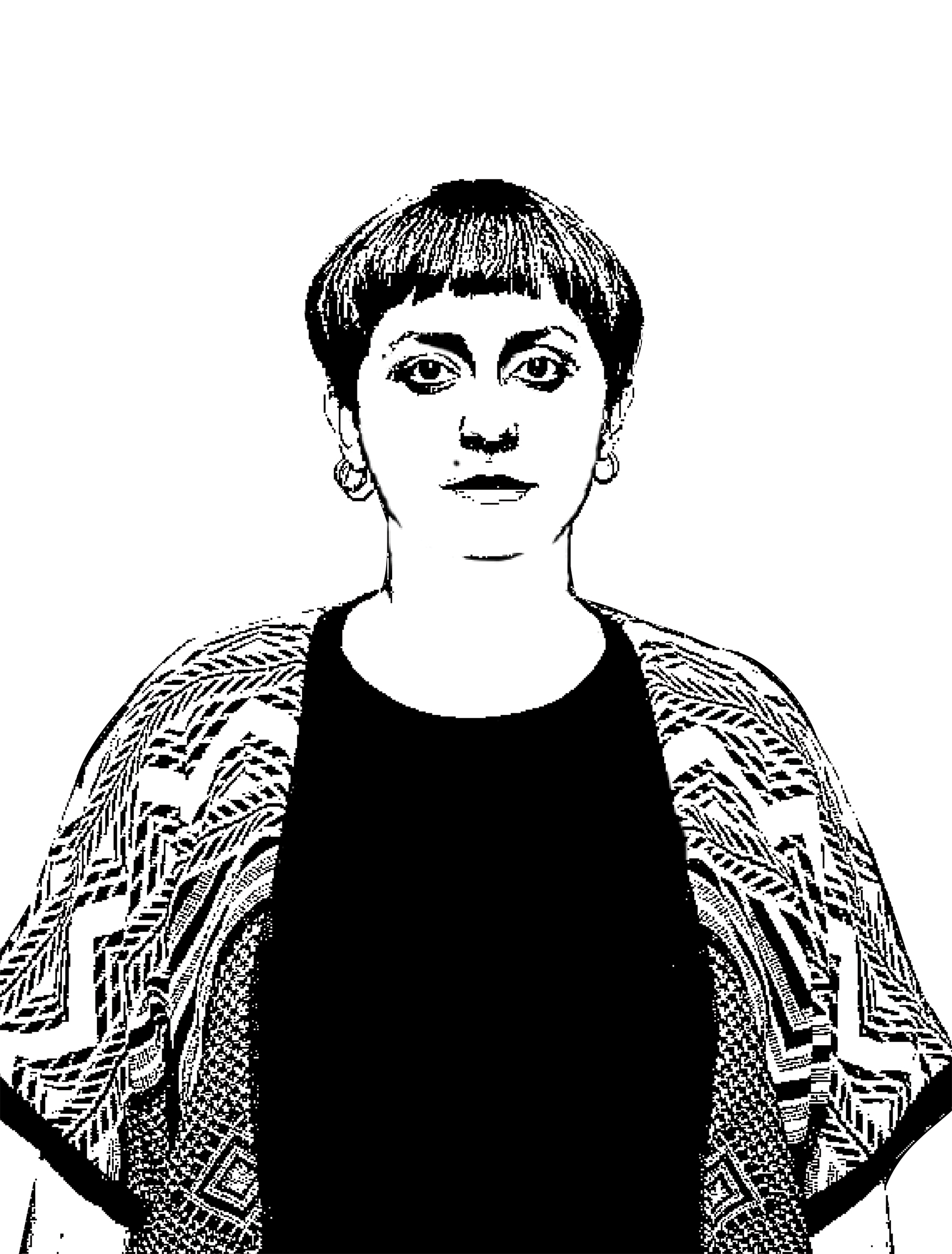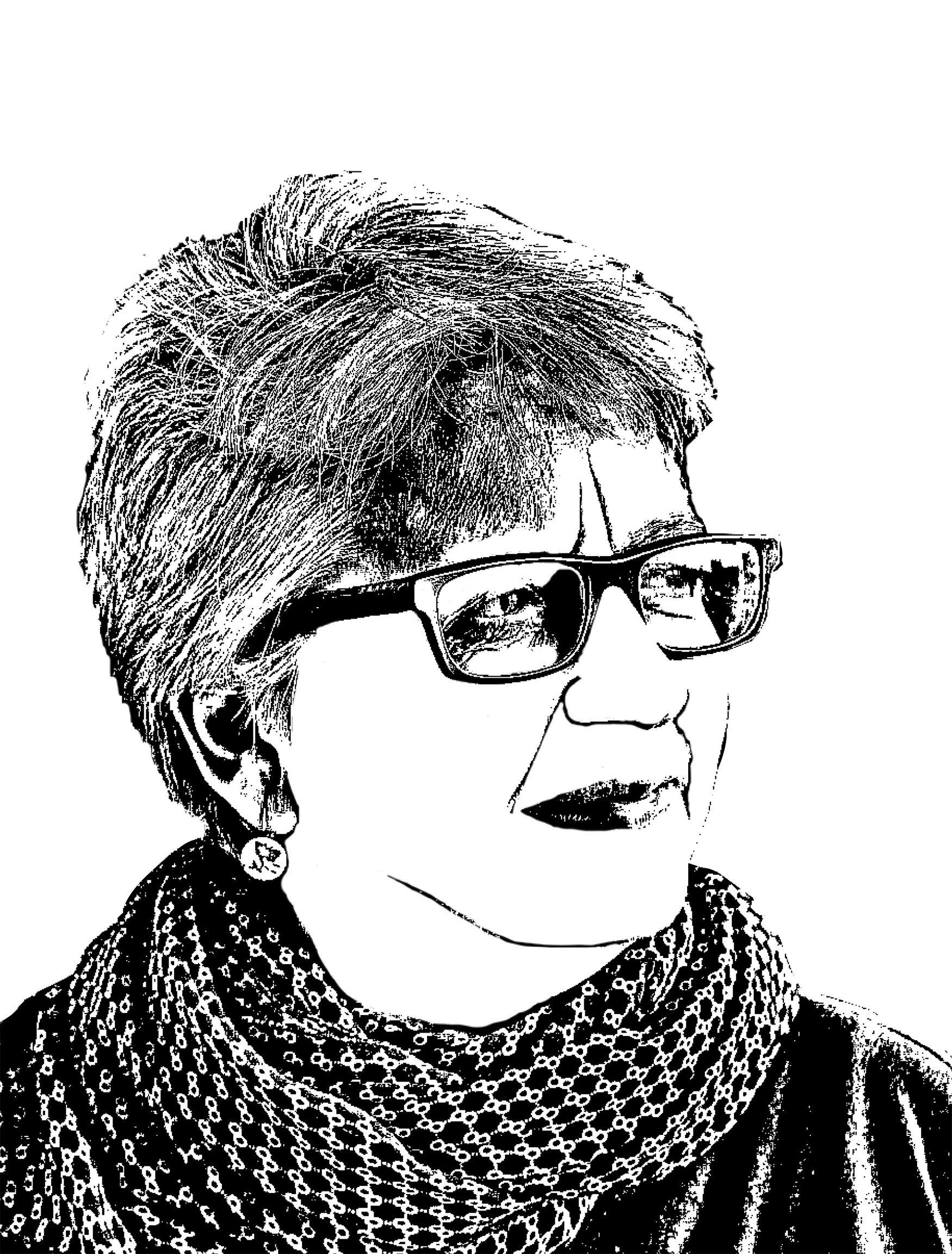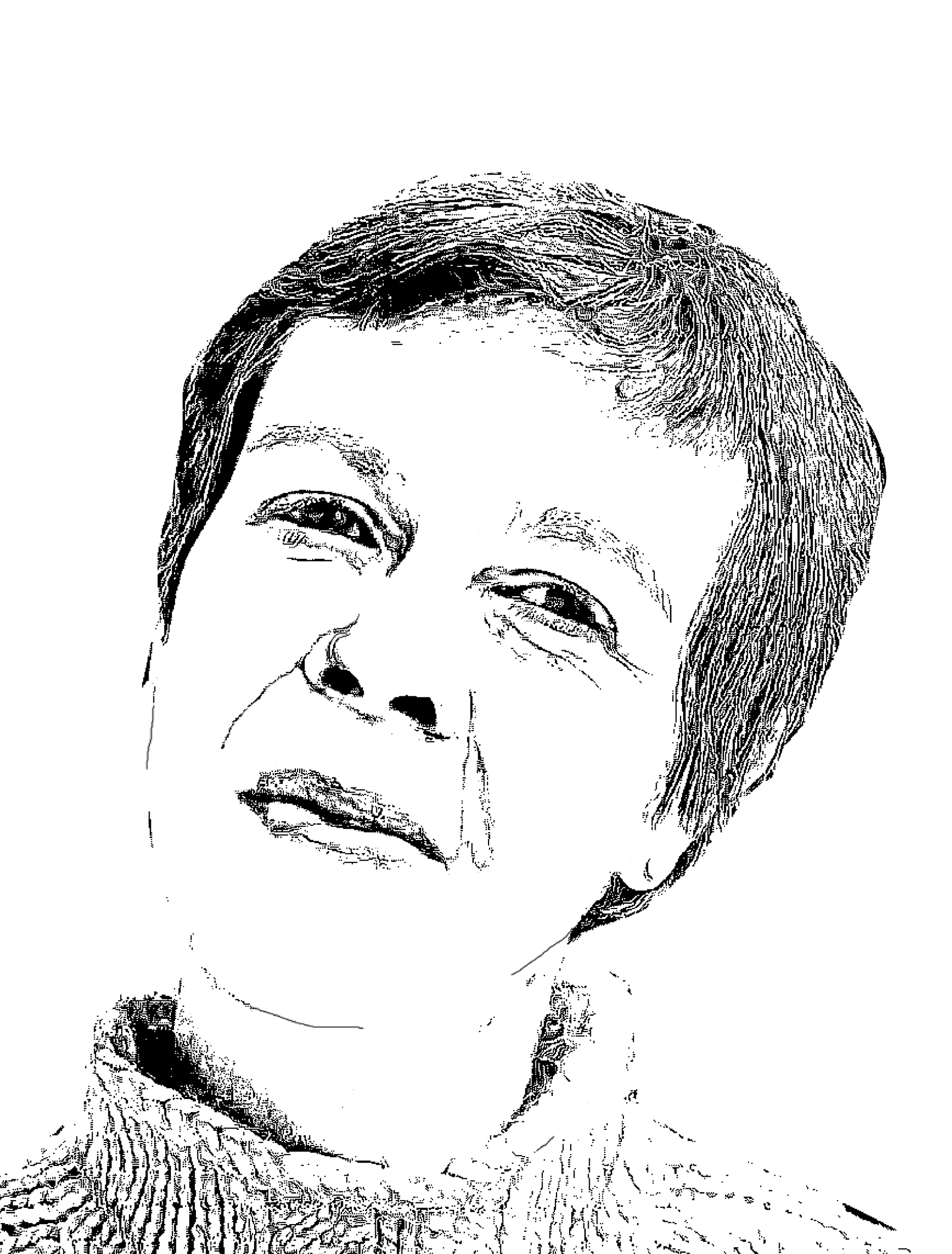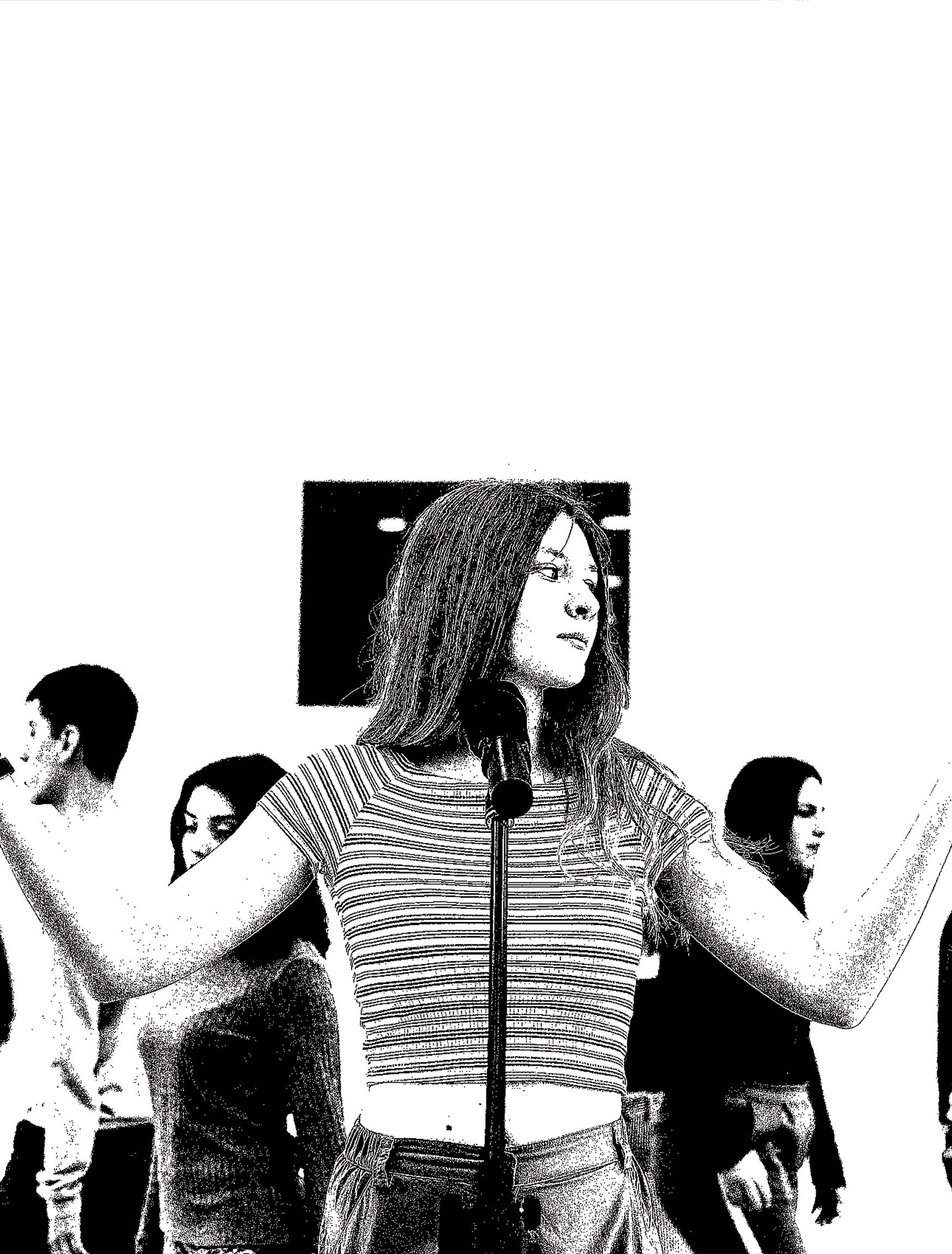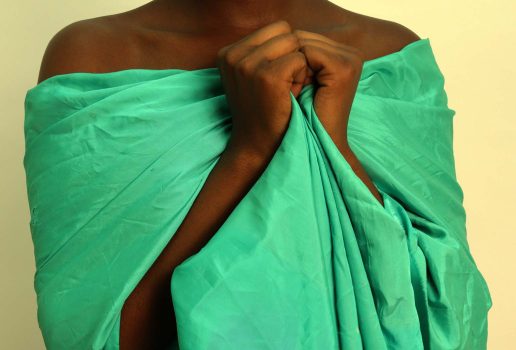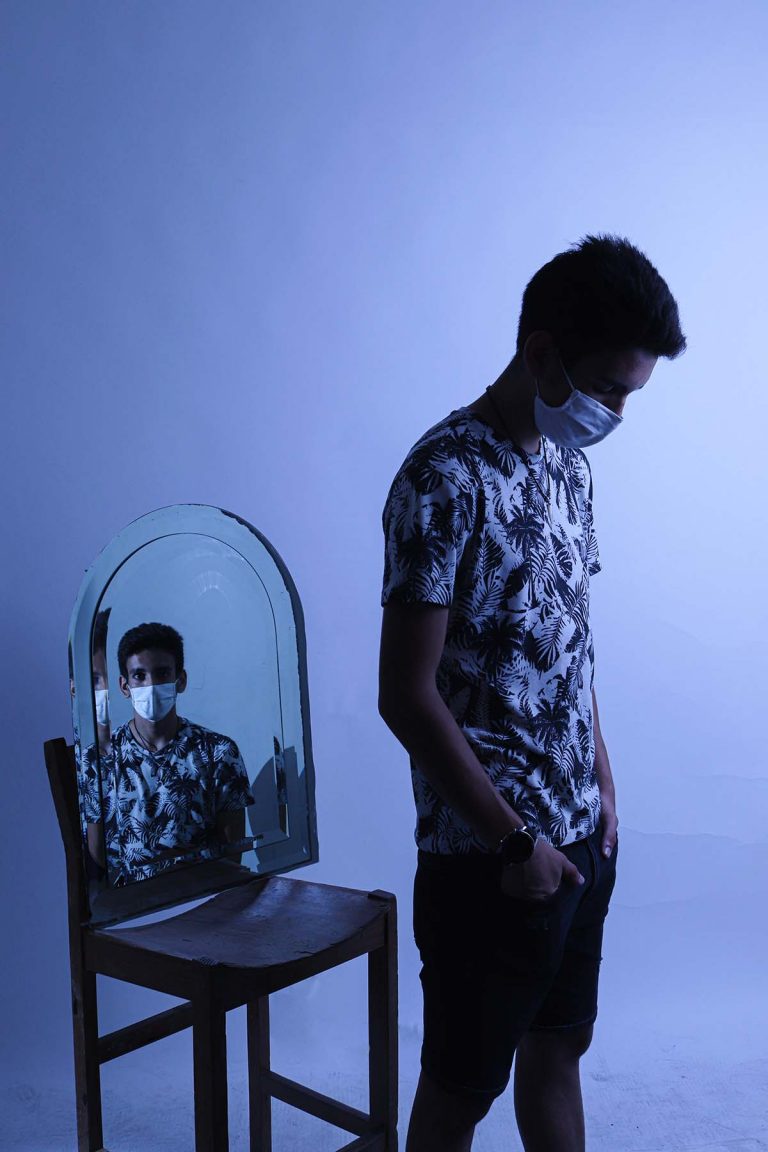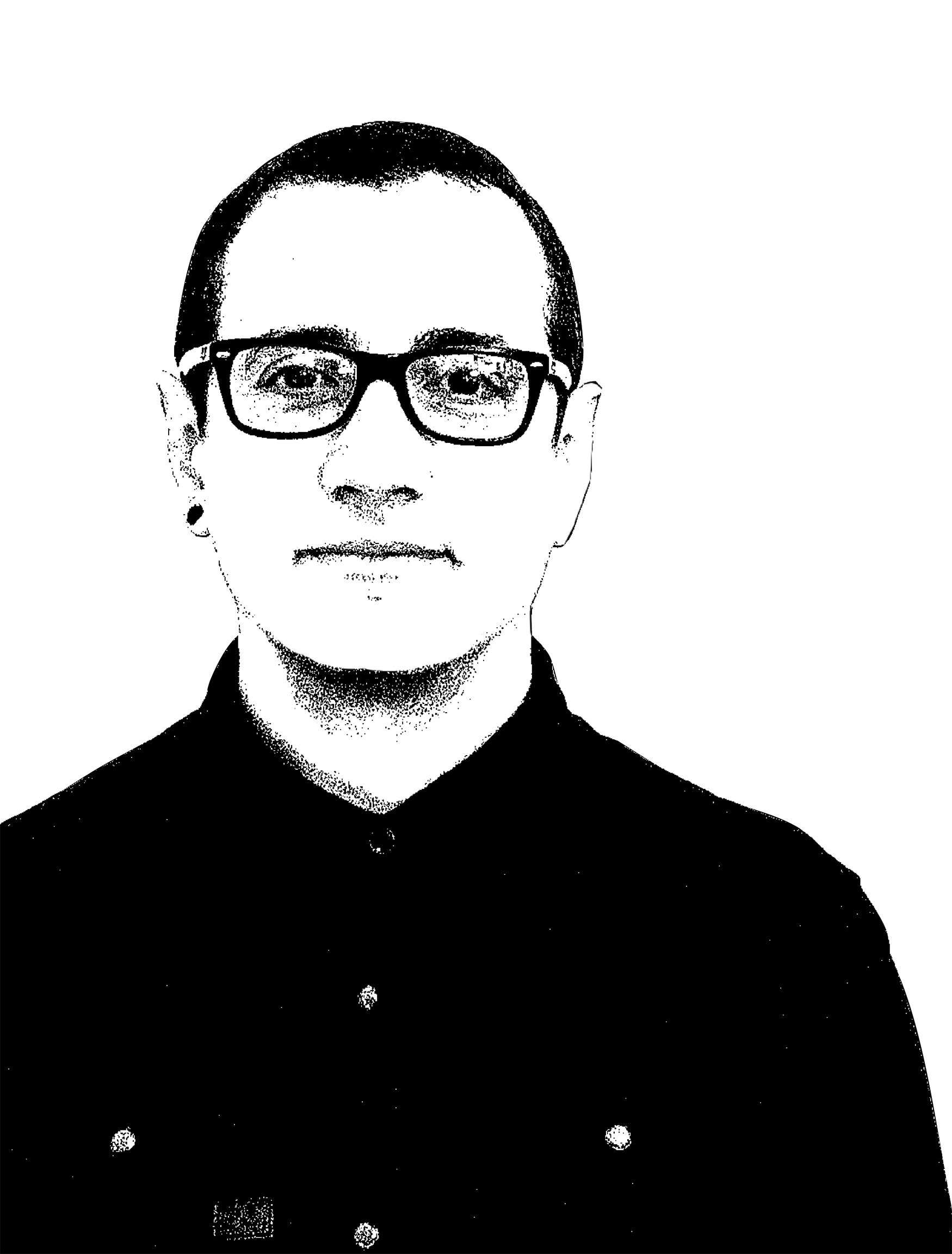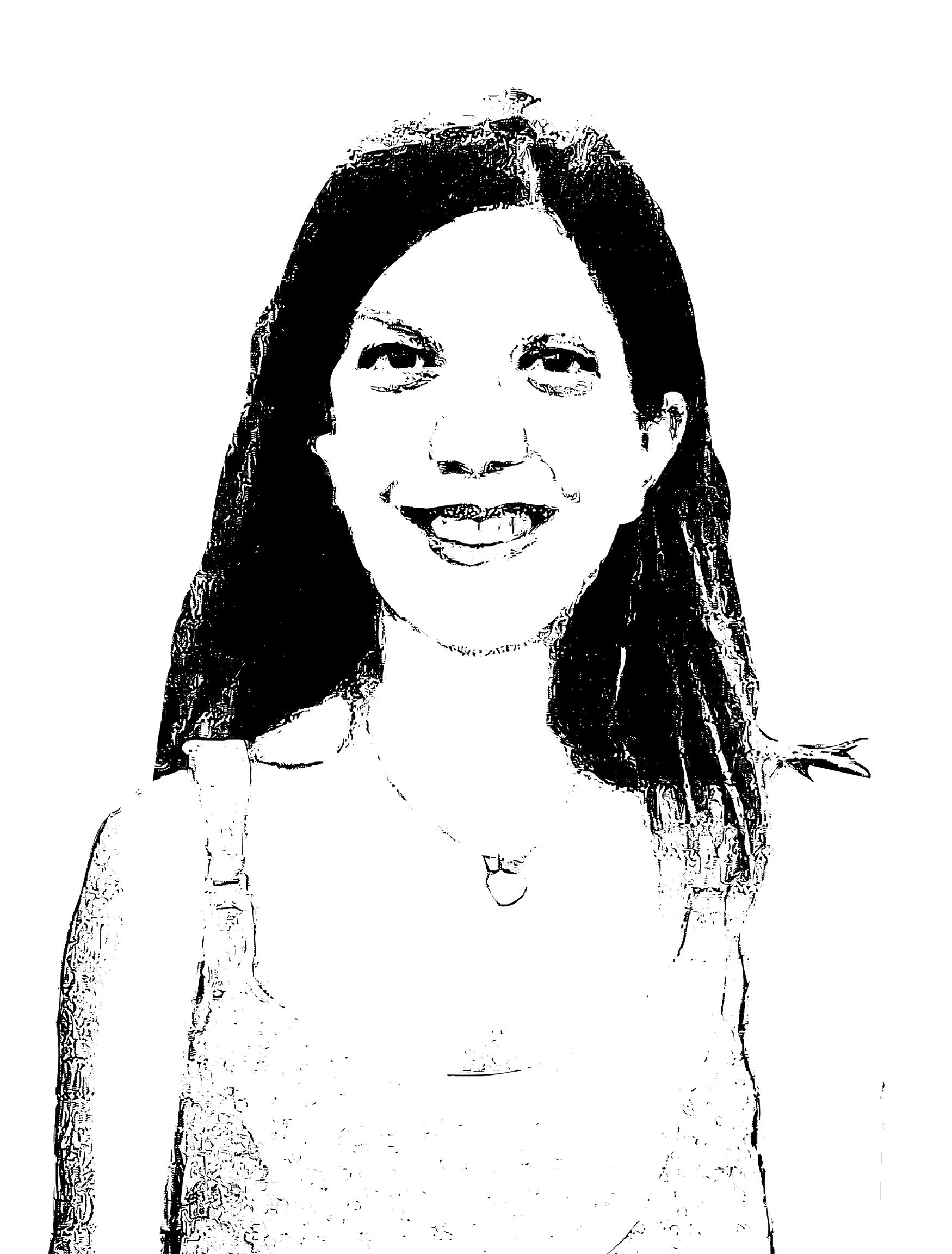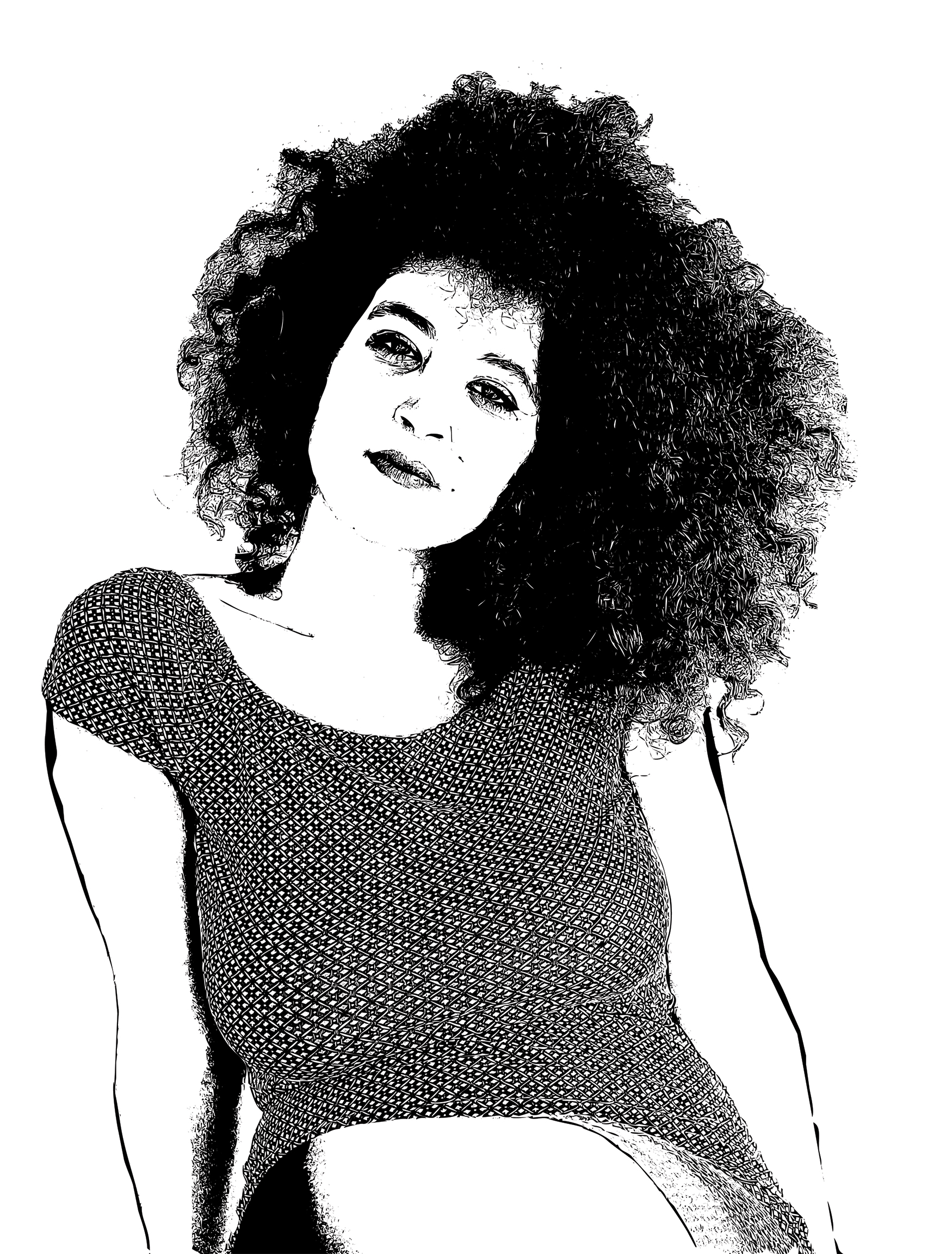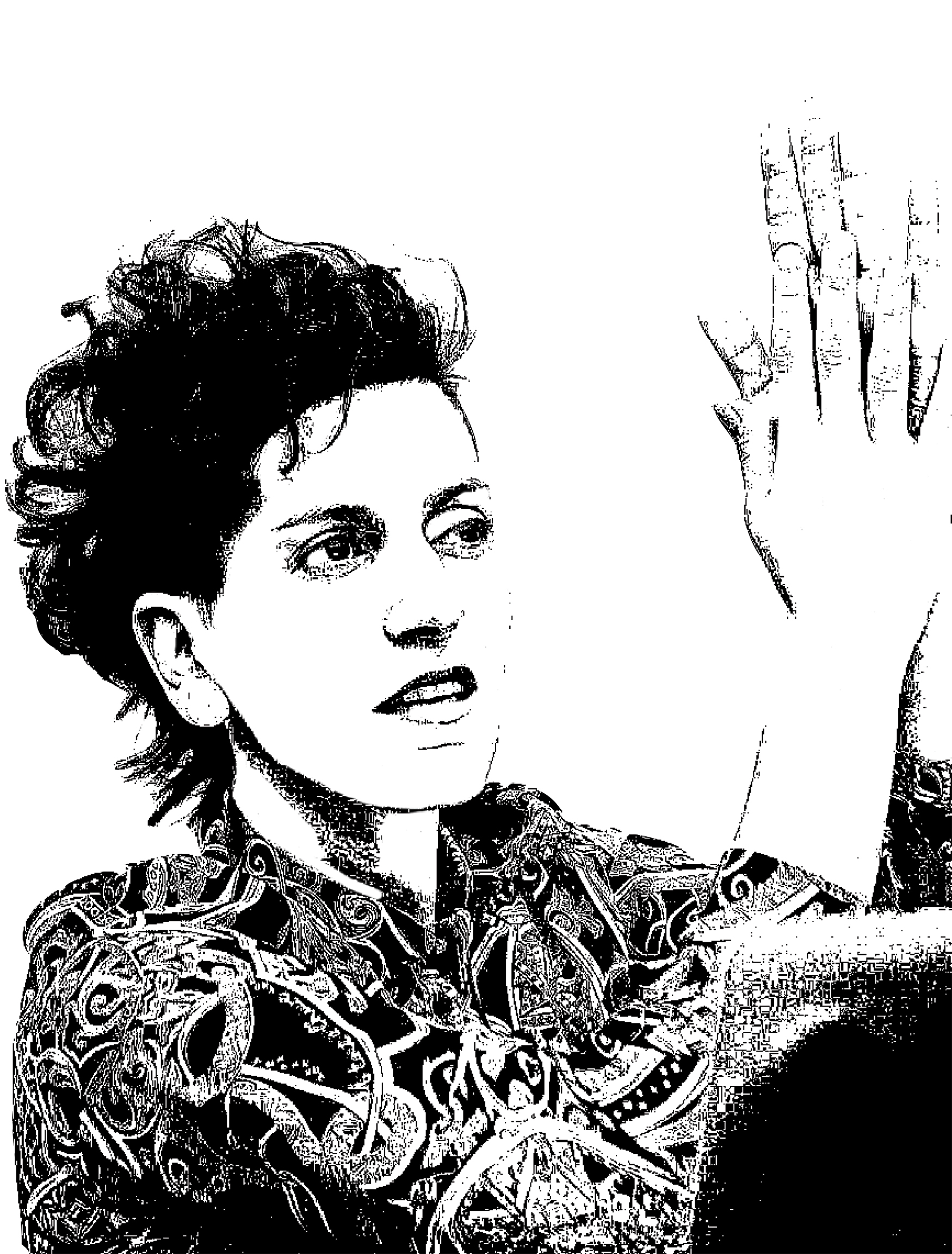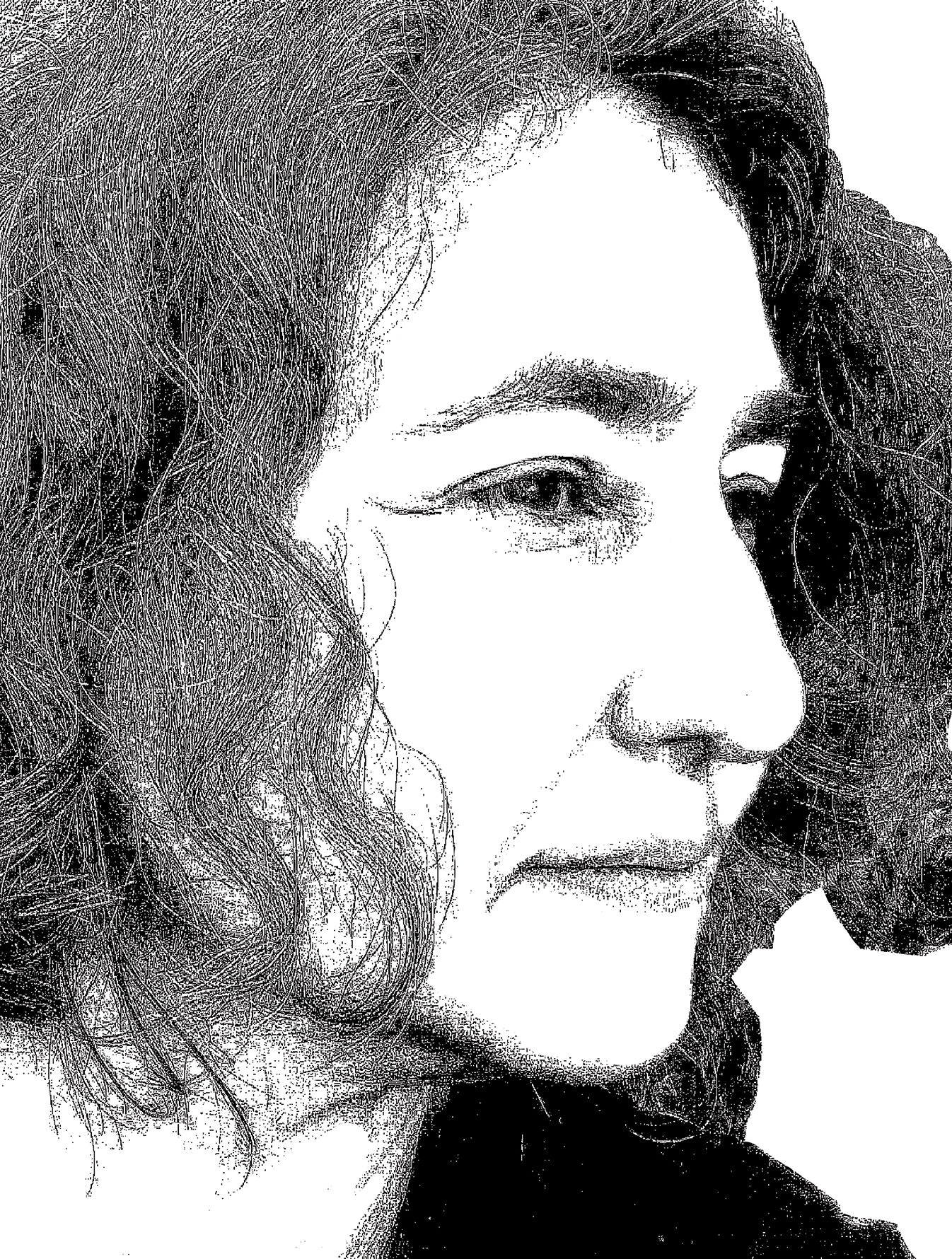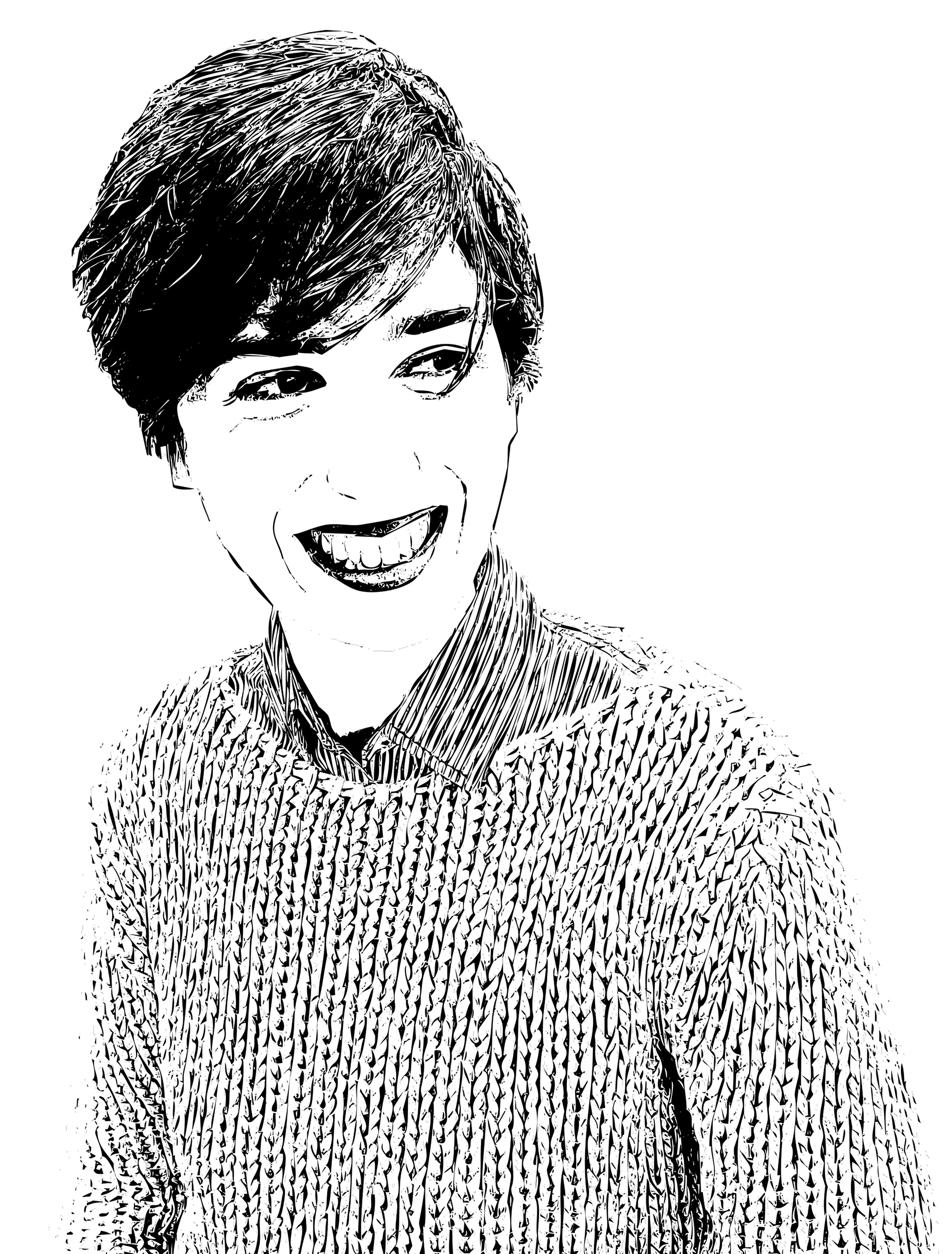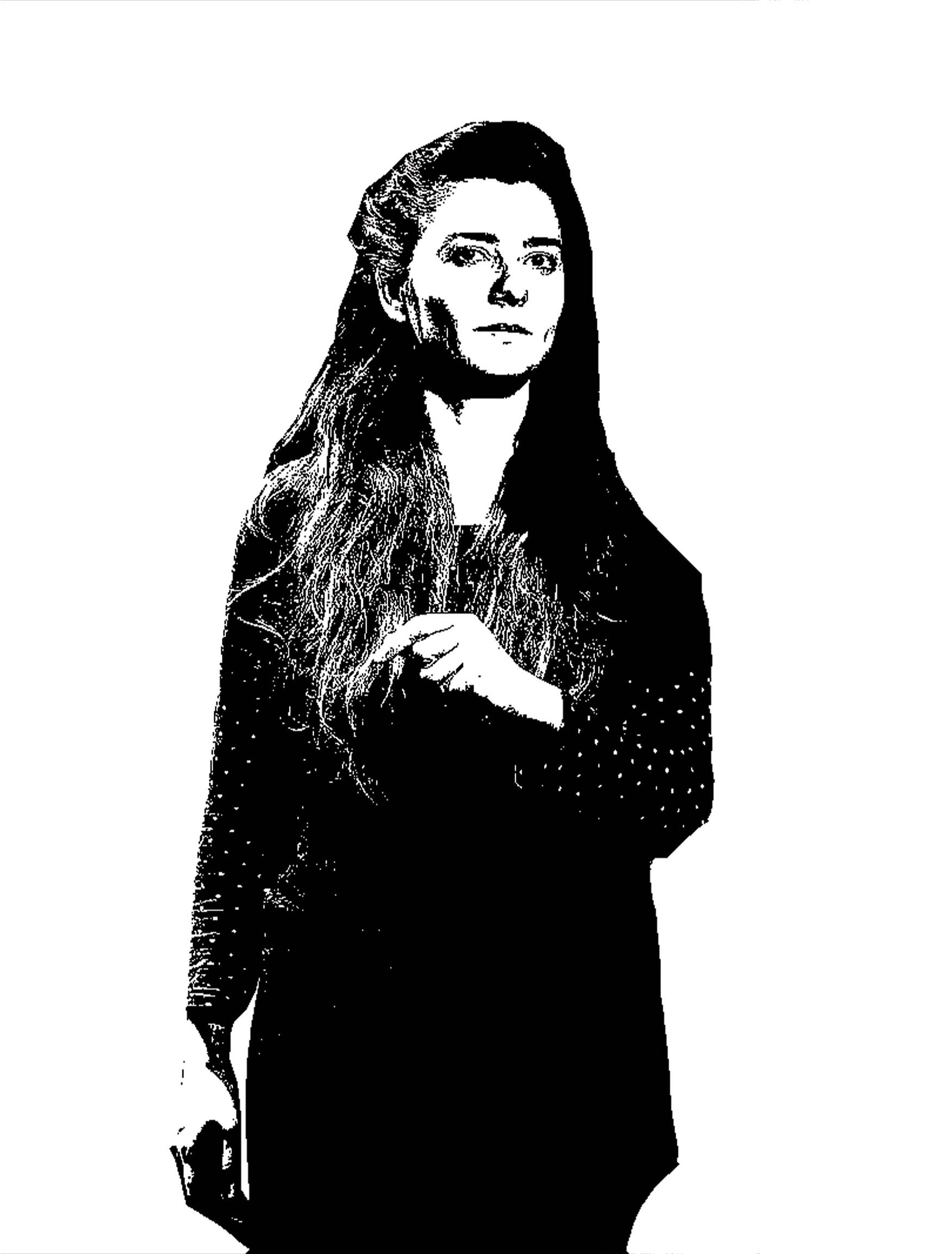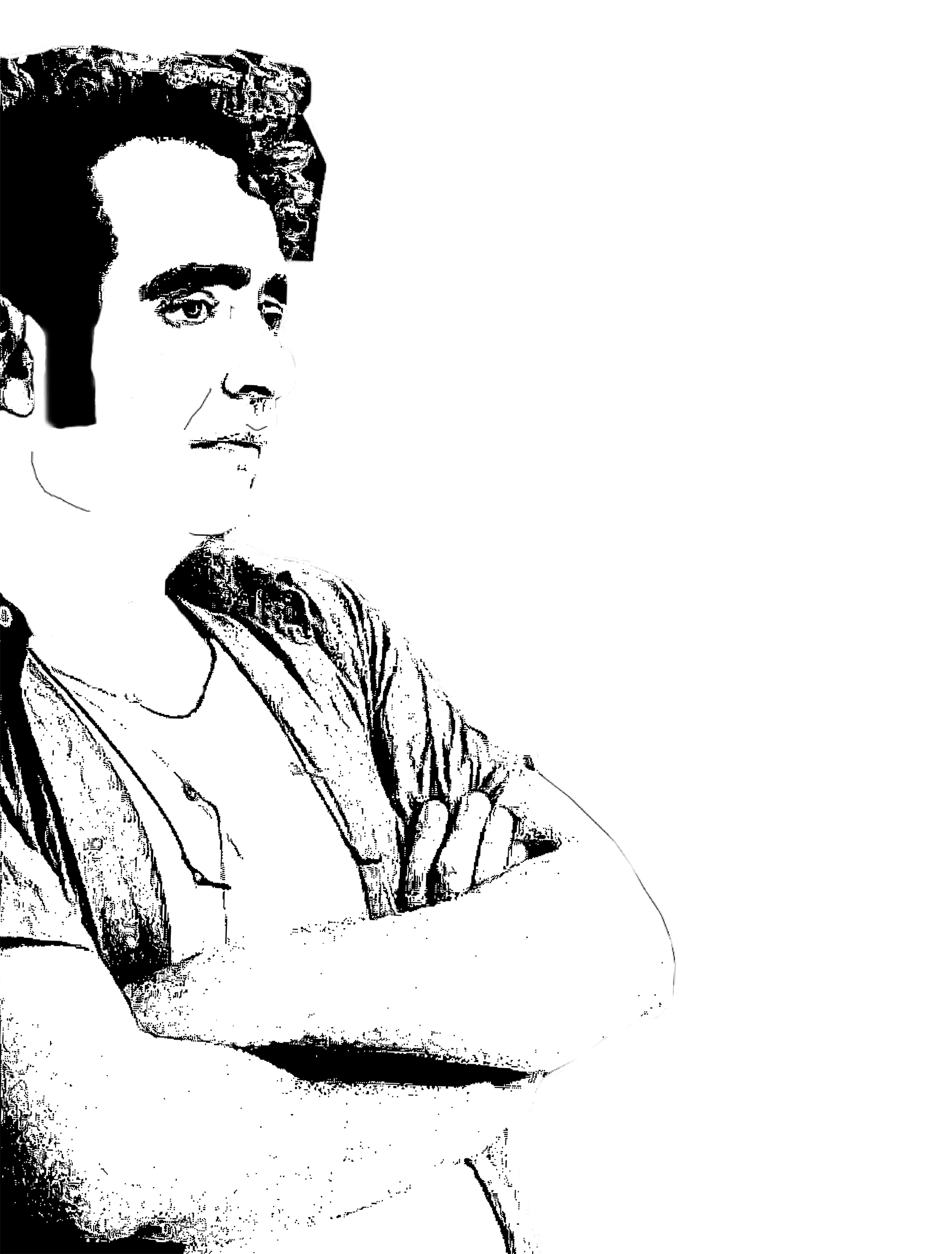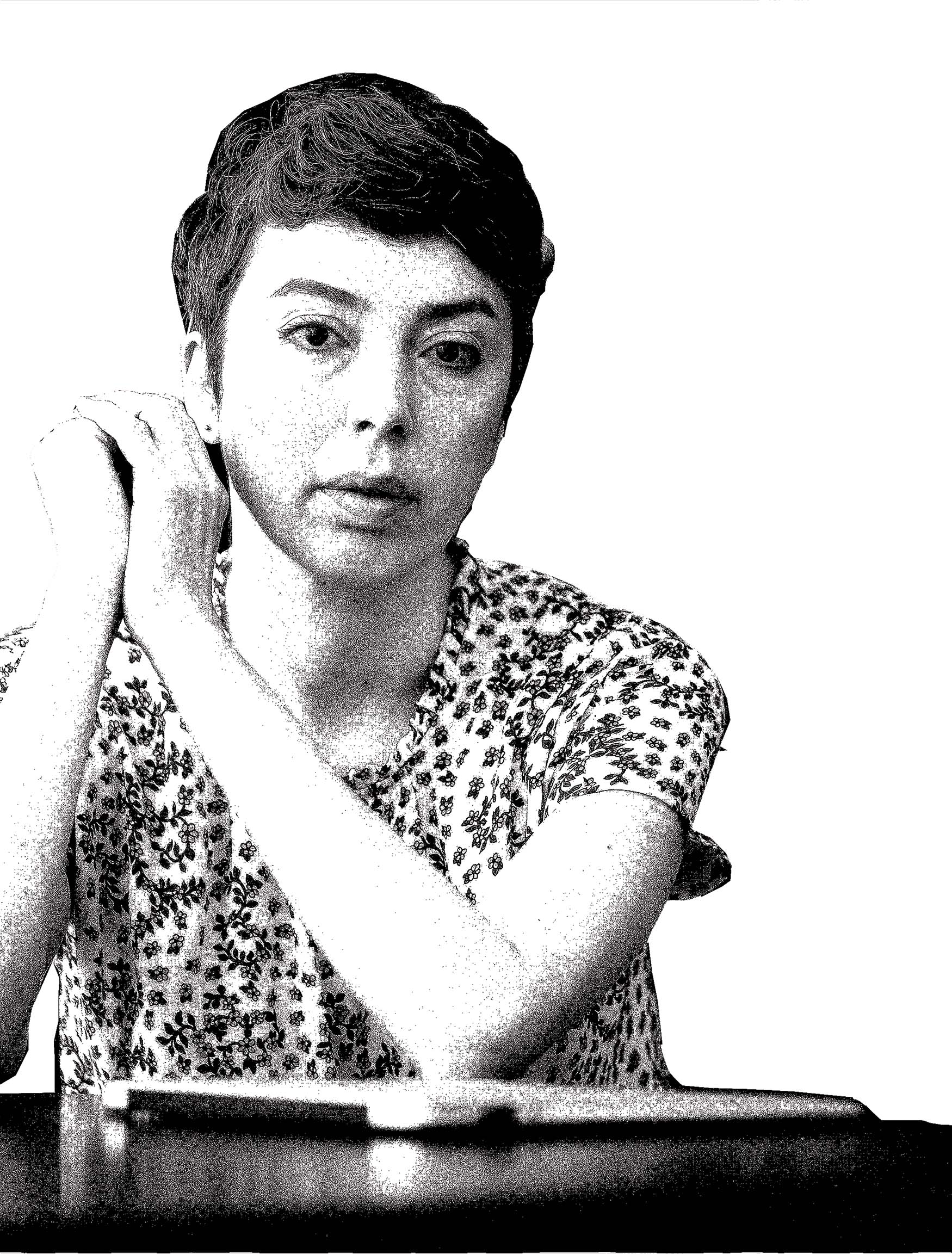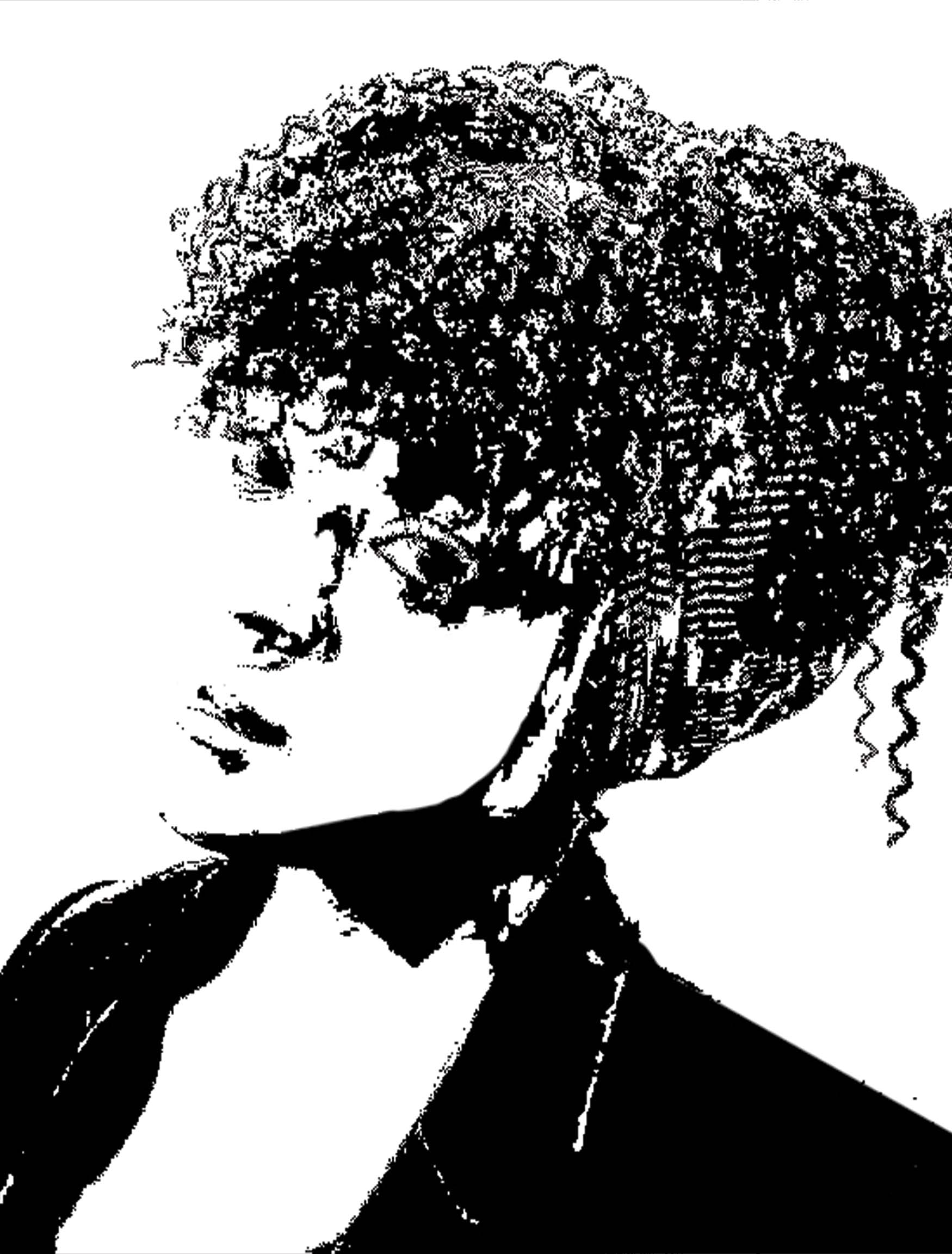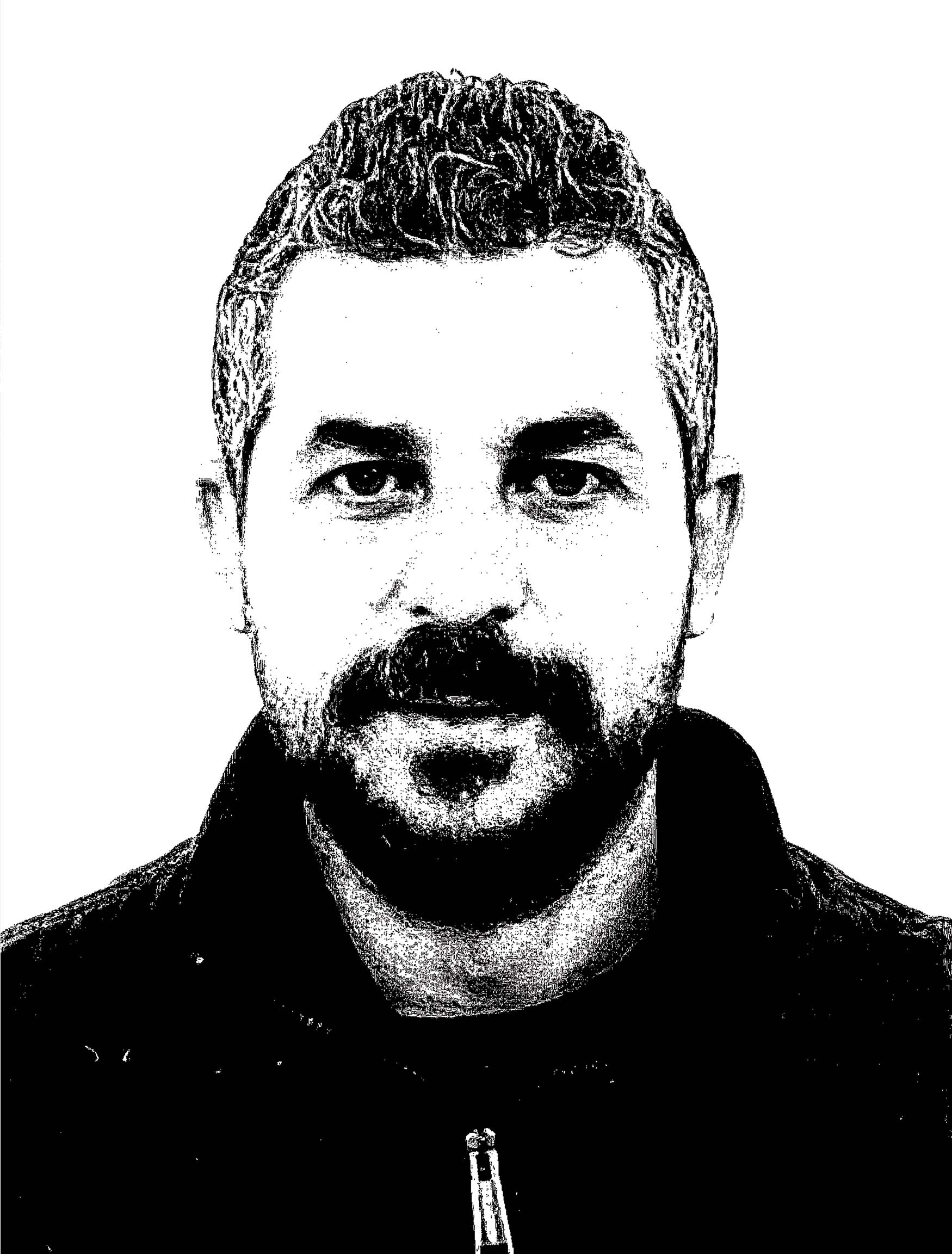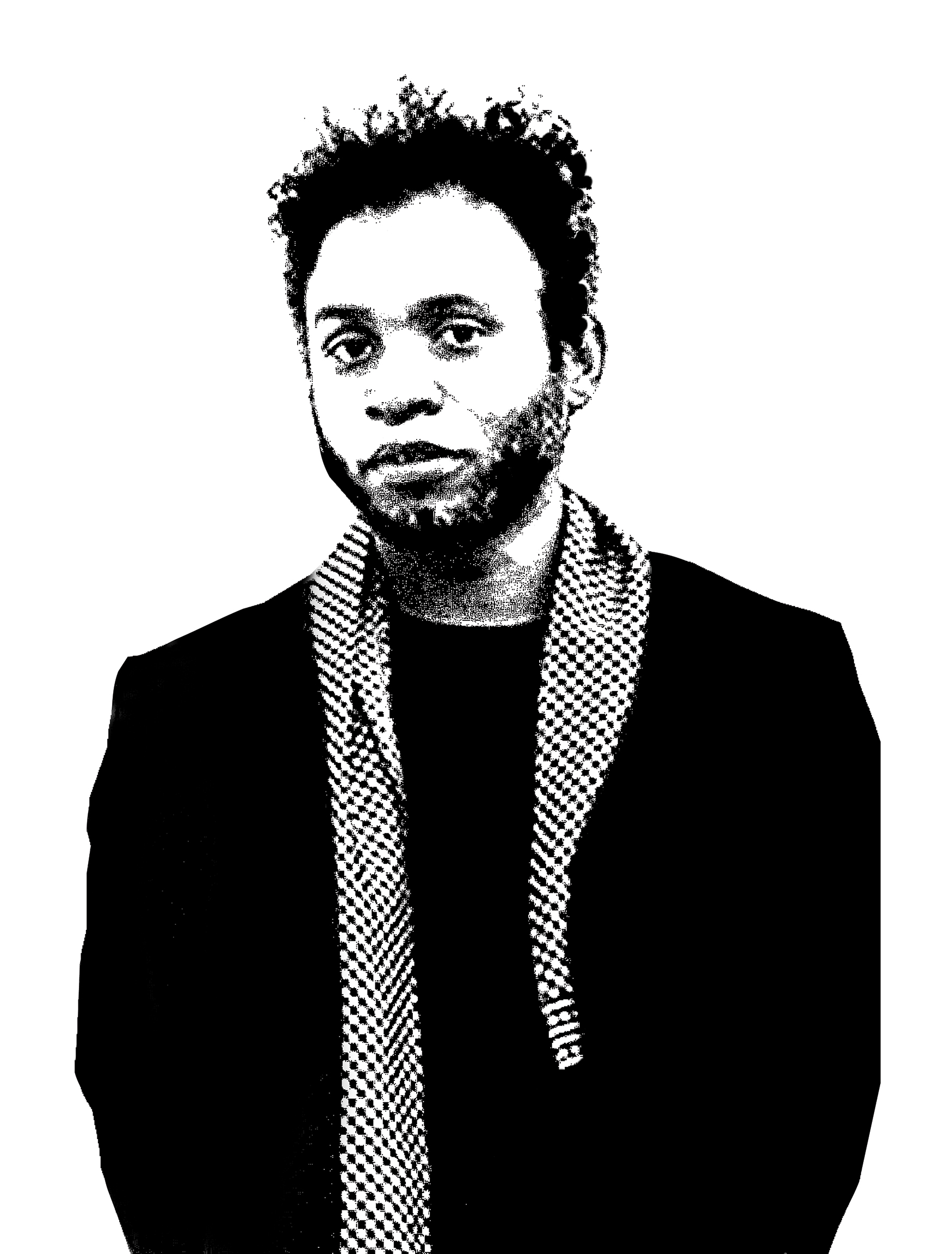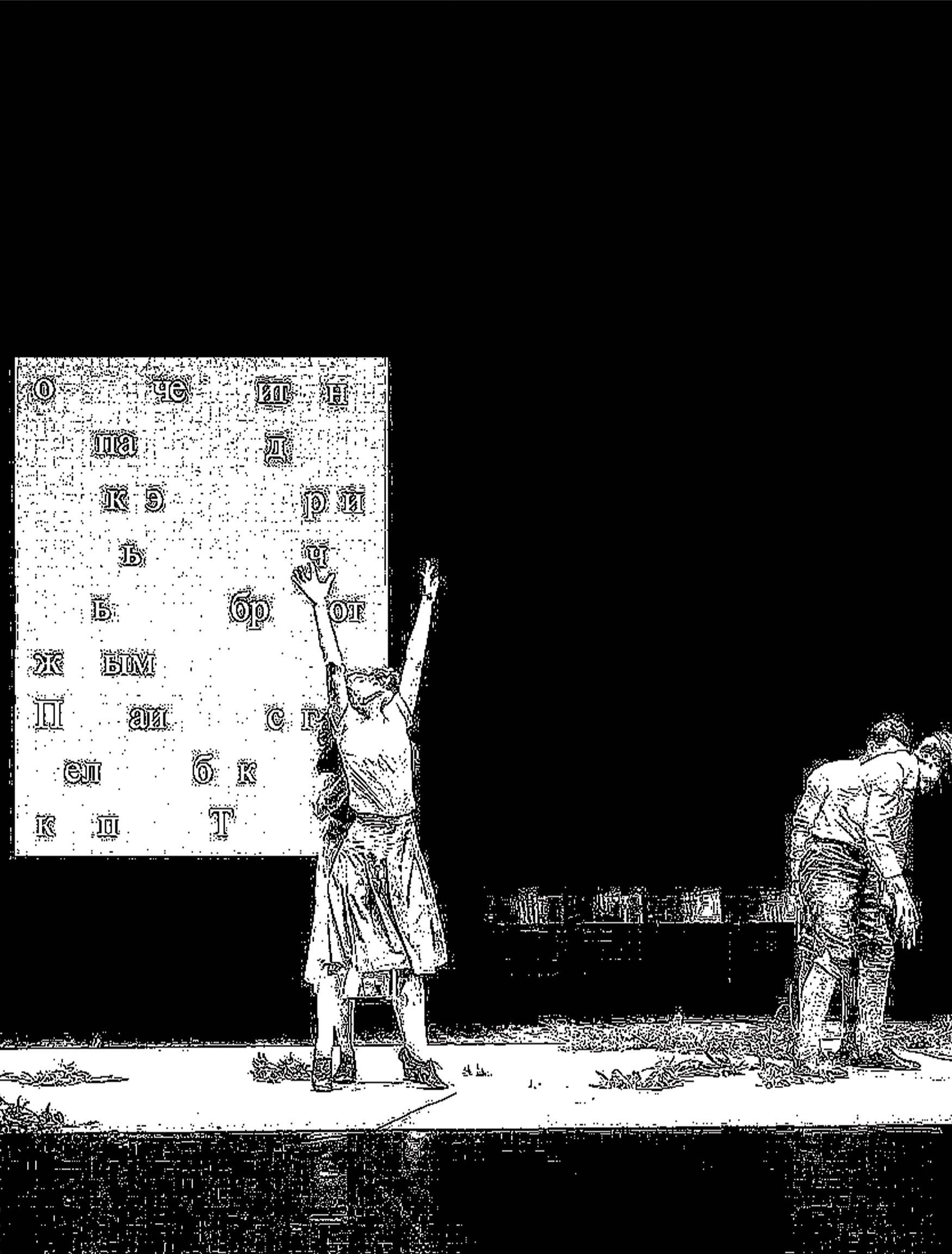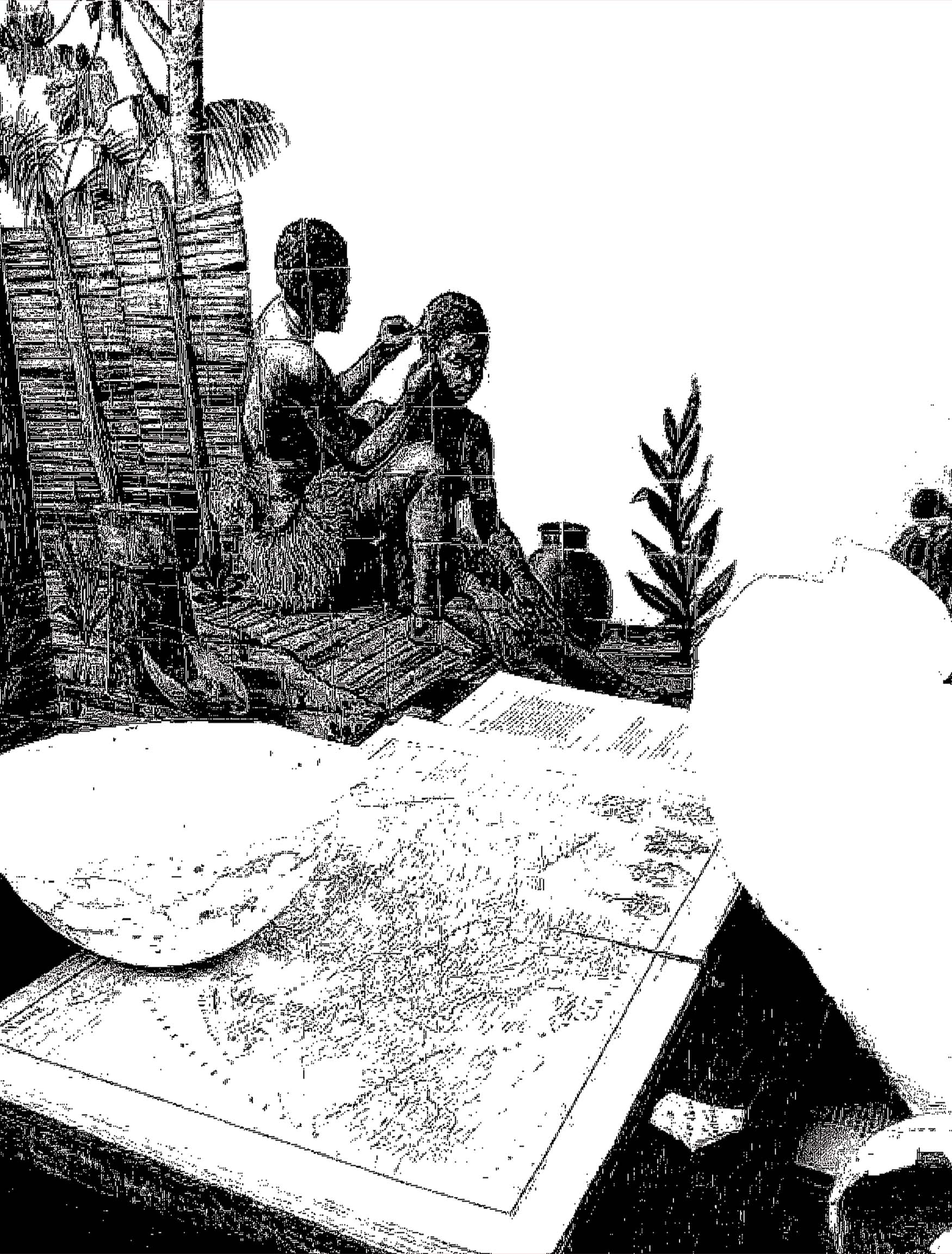Malvina Borgherini
Malvina Borgherini, professore associato all’Università Iuav di Venezia, insegna nei corsi di laurea di Architettura e culture del progetto, di Design della Moda e Arti multimediali, di Teatro e Arti performative. Nella stessa università è responsabile scientifico del MeLa Media Lab e del master MOVIES Moving Images Arts, oltre che referente del Cluster LAB LSD Forme del displaying. Nell’ultimo decennio la sua attività di ricerca si è concentrata sui linguaggi della contemporaneità, guardando con grande attenzione alle immagini e alla loro capacità di creare nuove forme di spazialità ed espressione all’interno delle comunità urbane. Convinta che le immagini non siano solo il risultato di una produzione autoriale, ma anche il riflesso di eventi sociali e politici che caratterizzano le comunità urbane contemporanee, con il MeLa Media Lab ha partecipato come direttrice scientifica a numerosi progetti internazionali.
Malvina Borgherini, associated professor, is scientific director of MeLa Media Lab and ClusterLAB LSD Forms of Displaying at Università Iuav di Venezia, where she teaches at Master Degree in Architecture, at Bachelor Degree in Multimedia Arts and at Master Degree in Theater and Performatives Arts. At Iuav she is also director of the Postgraduate Program MOVIES Moving Images Arts. In the last decade her research activity has focused on the languages of contemporary, looking with great attention to the images and their capacity to create new forms of spatiality and expression within urban communities. Convinced that the images are not only the result of an authorial production, but also the reflection of social and political events that characterizes contemporary urban communities, with the MeLa Media Lab she participated as scientific director in a series of international projects.
